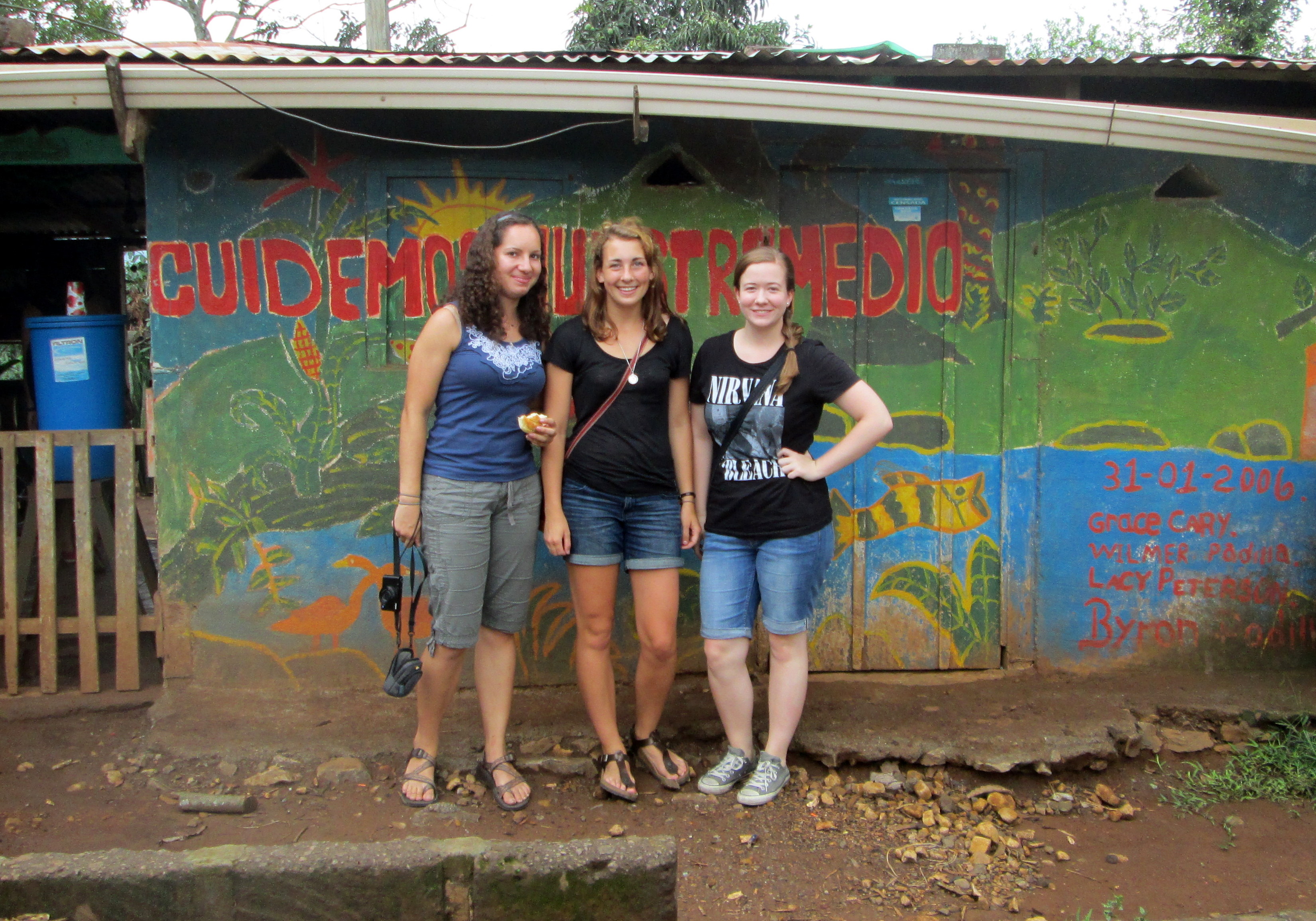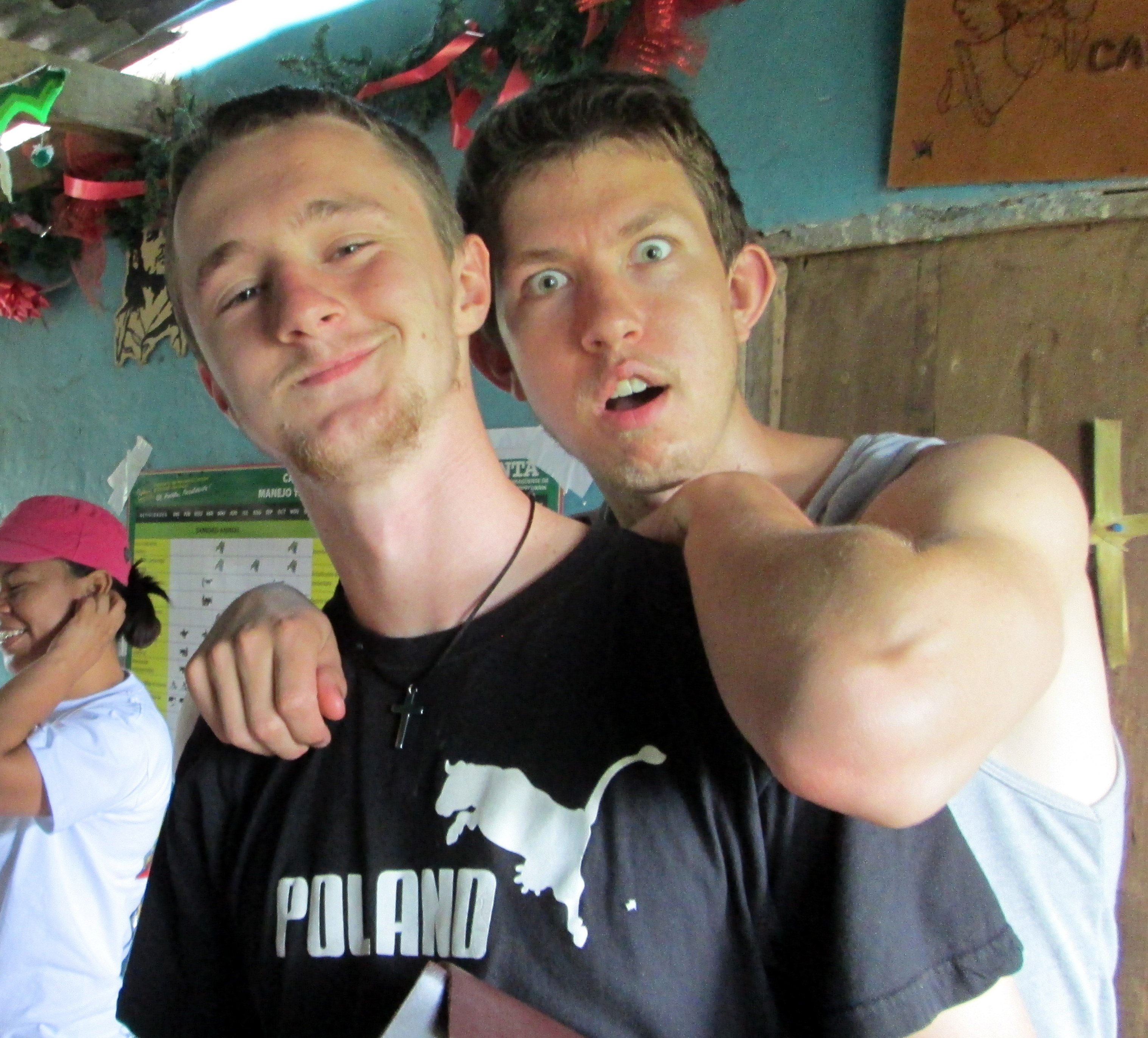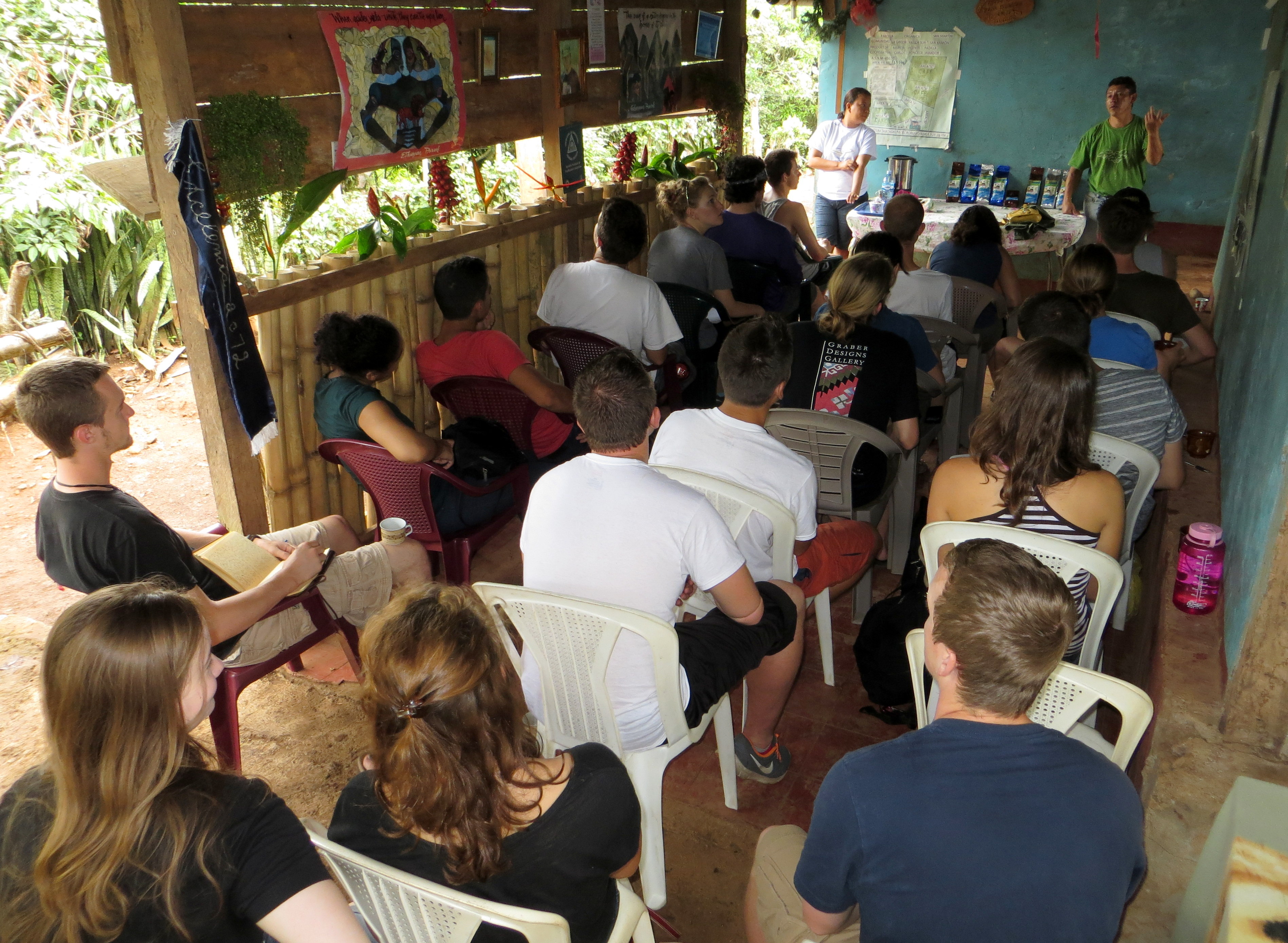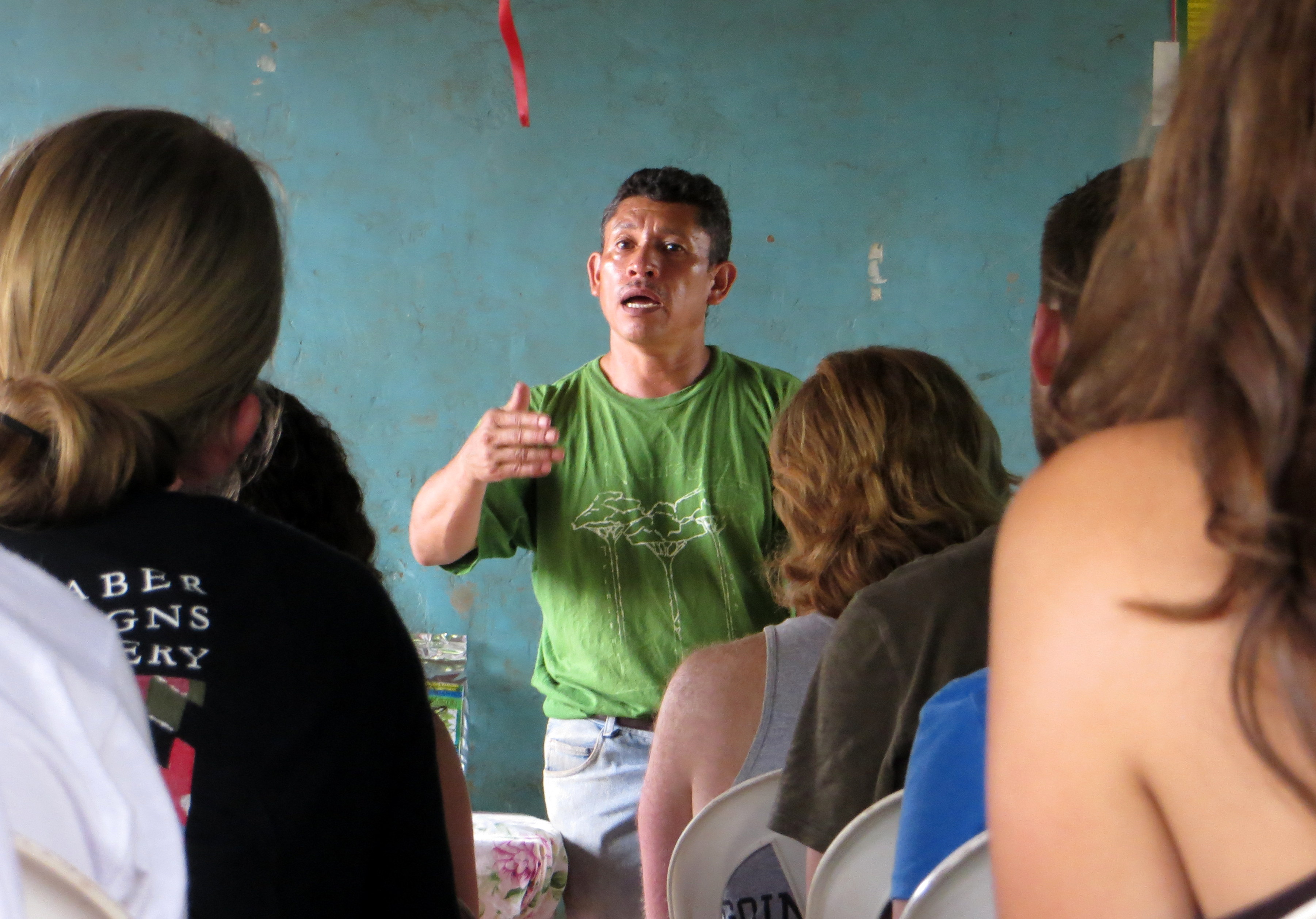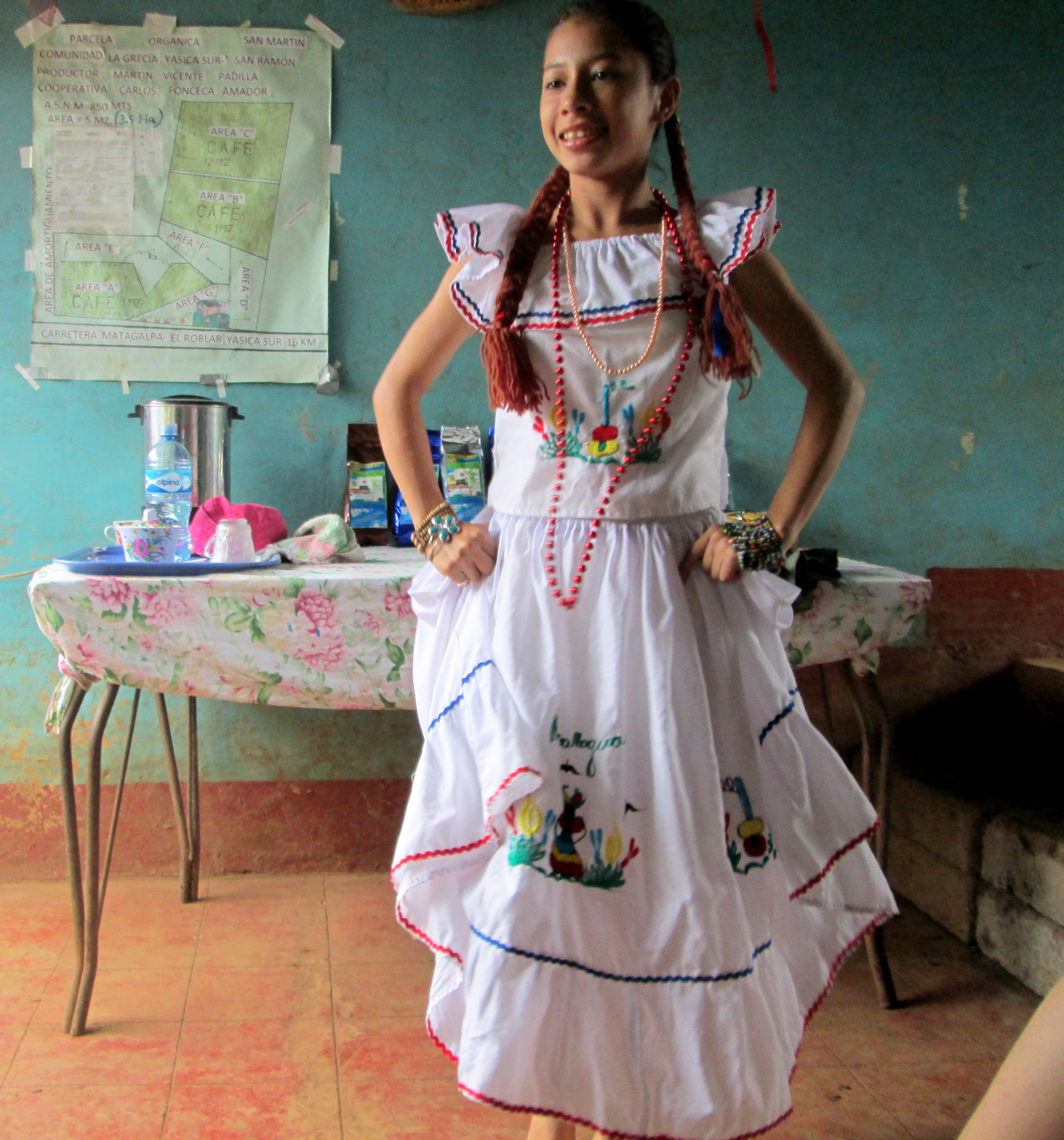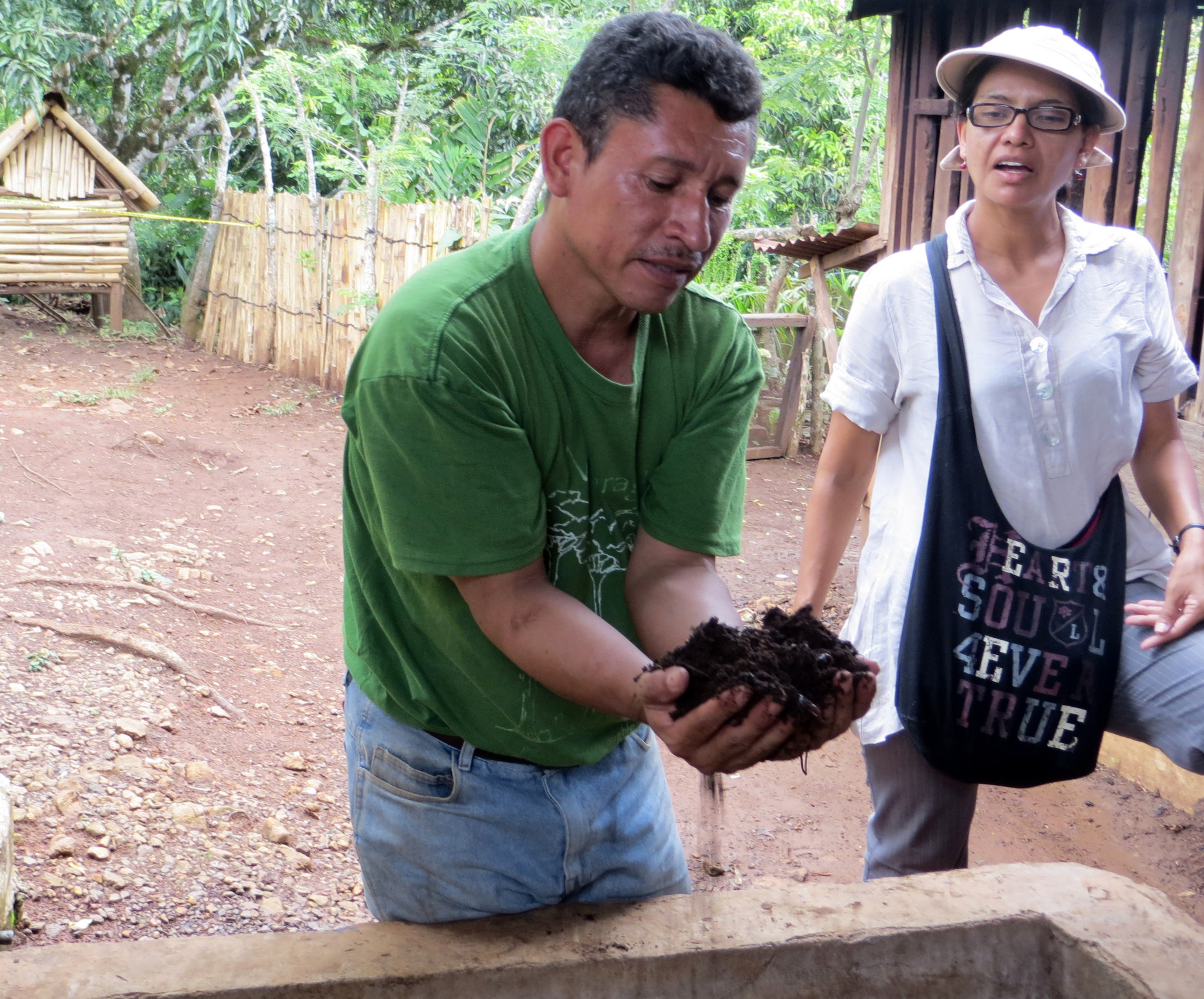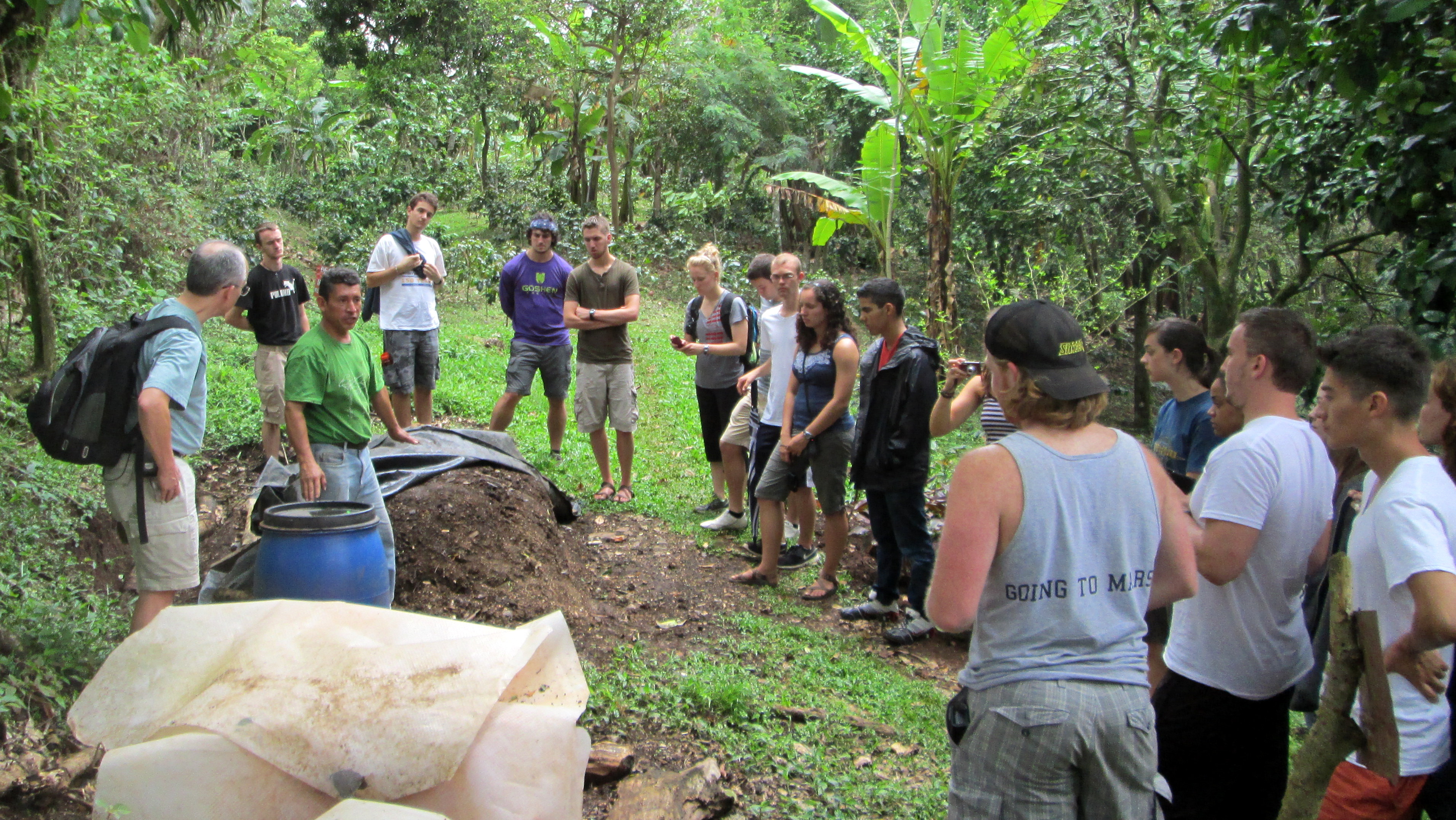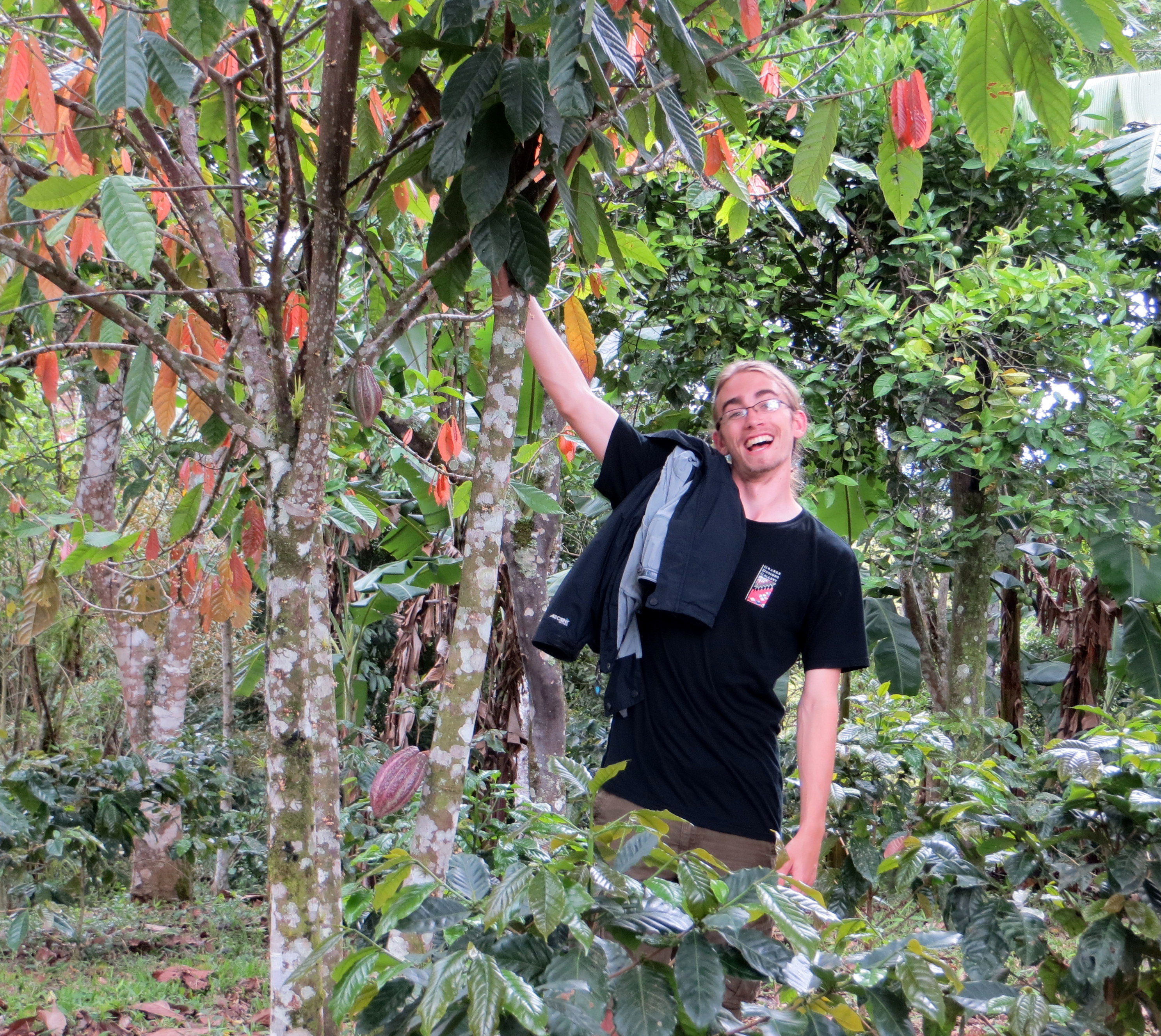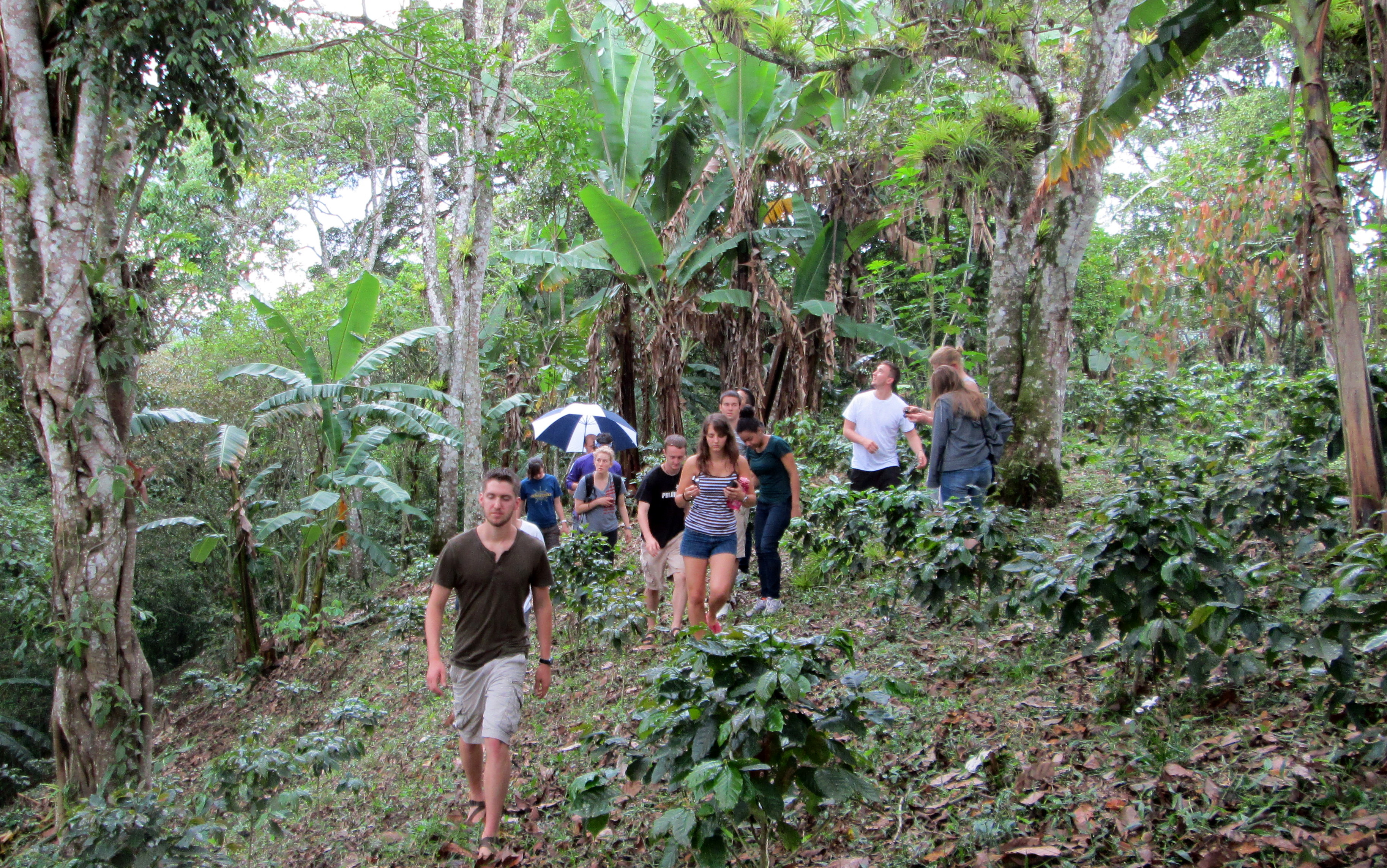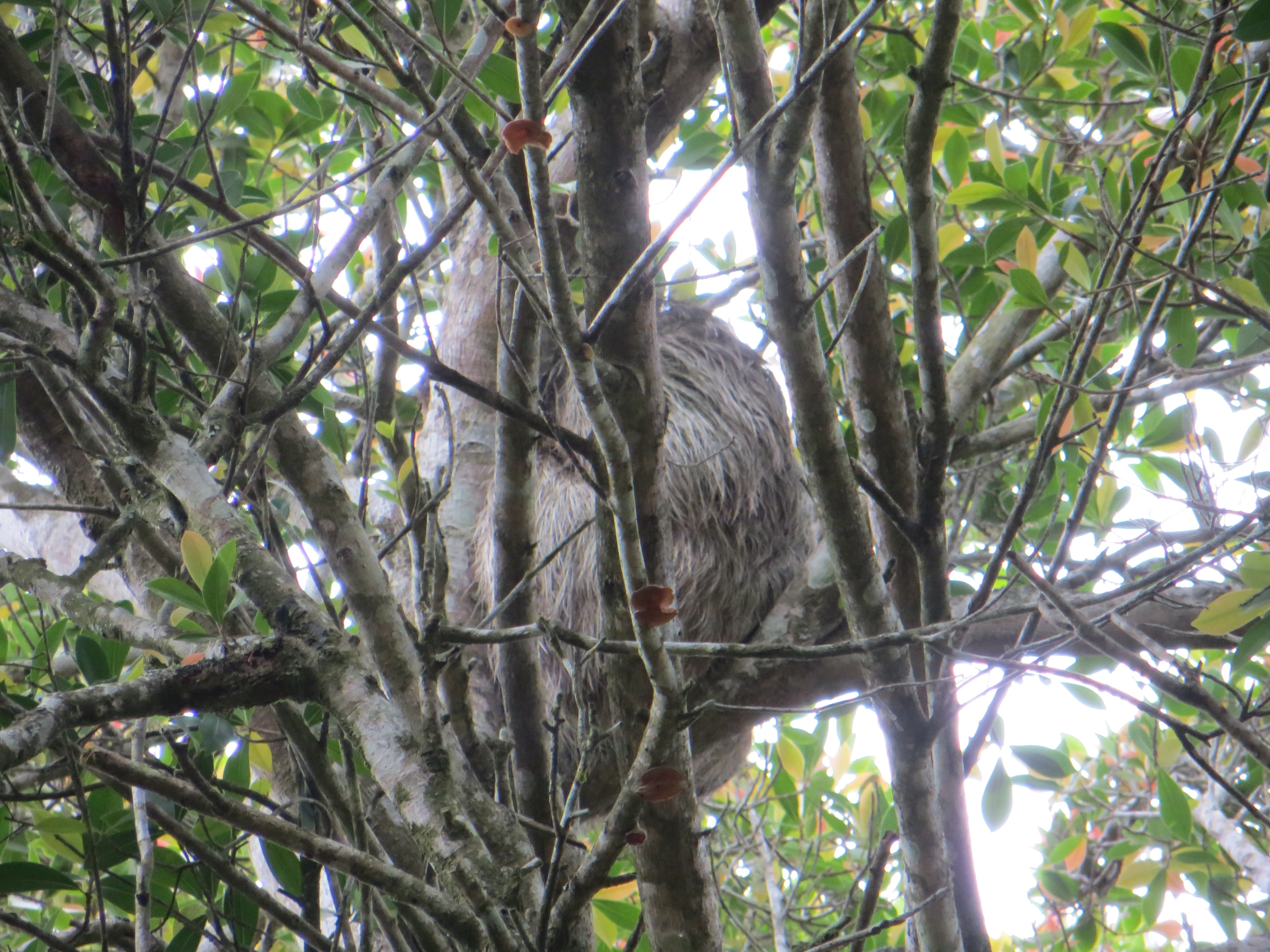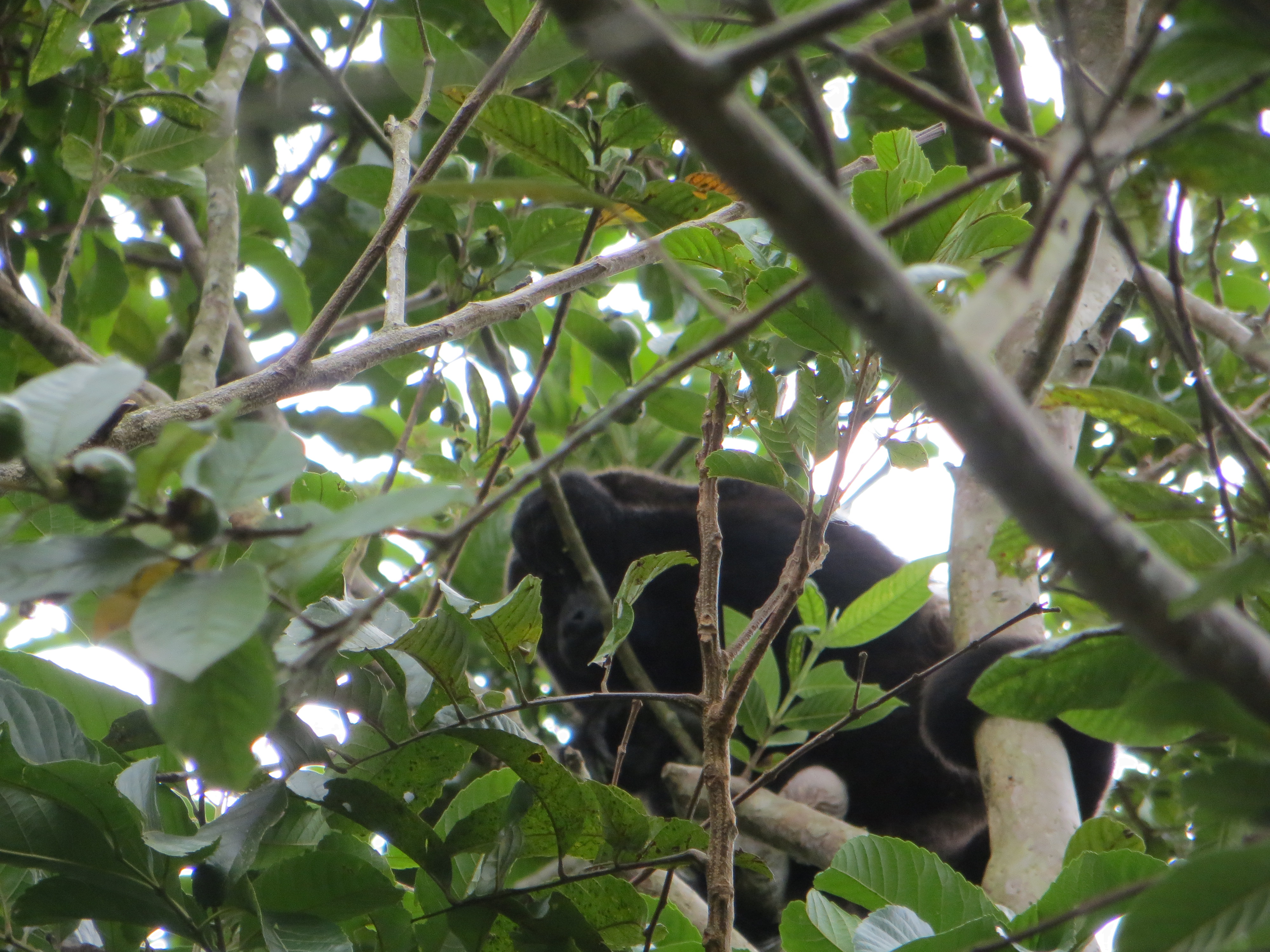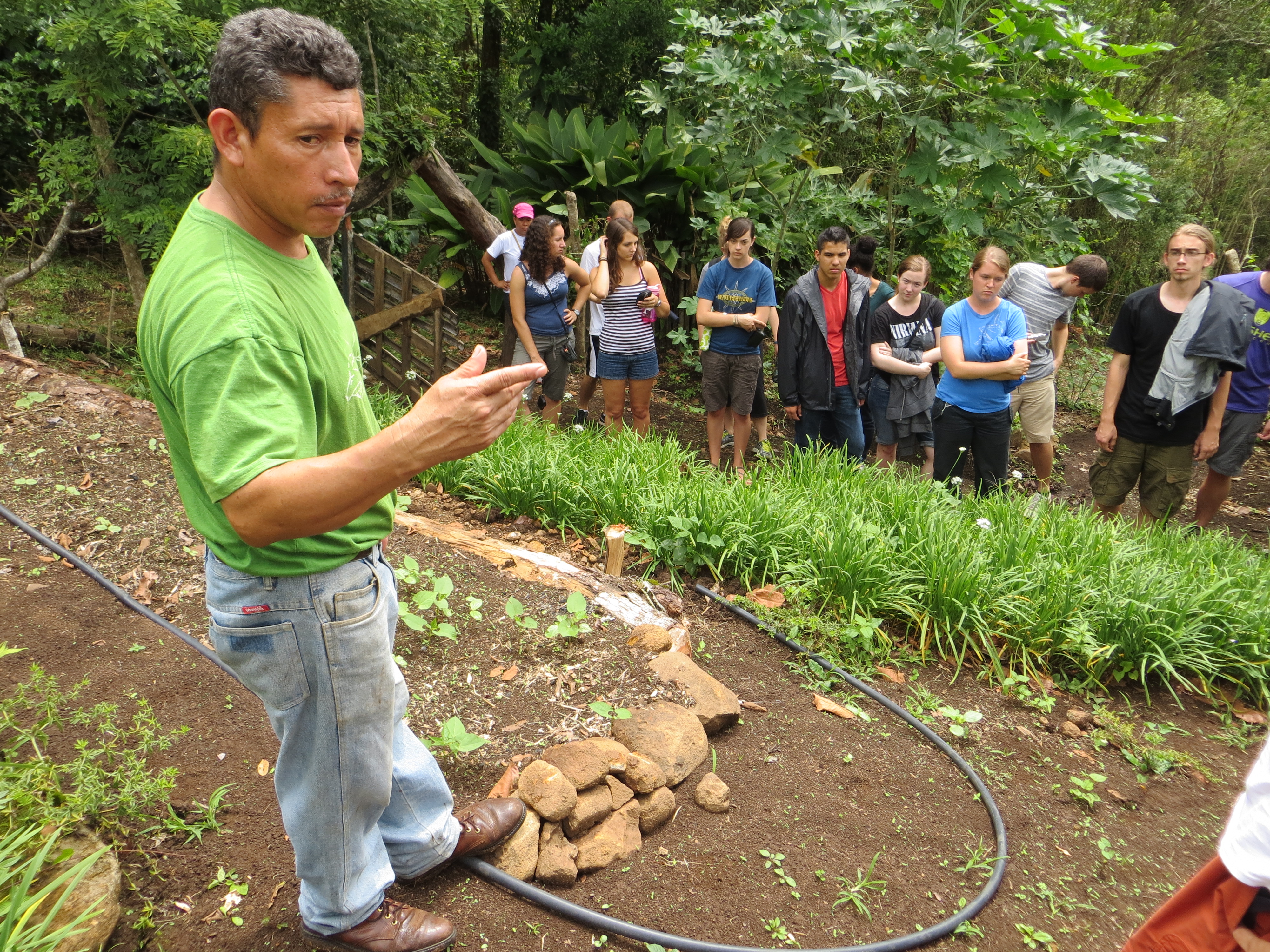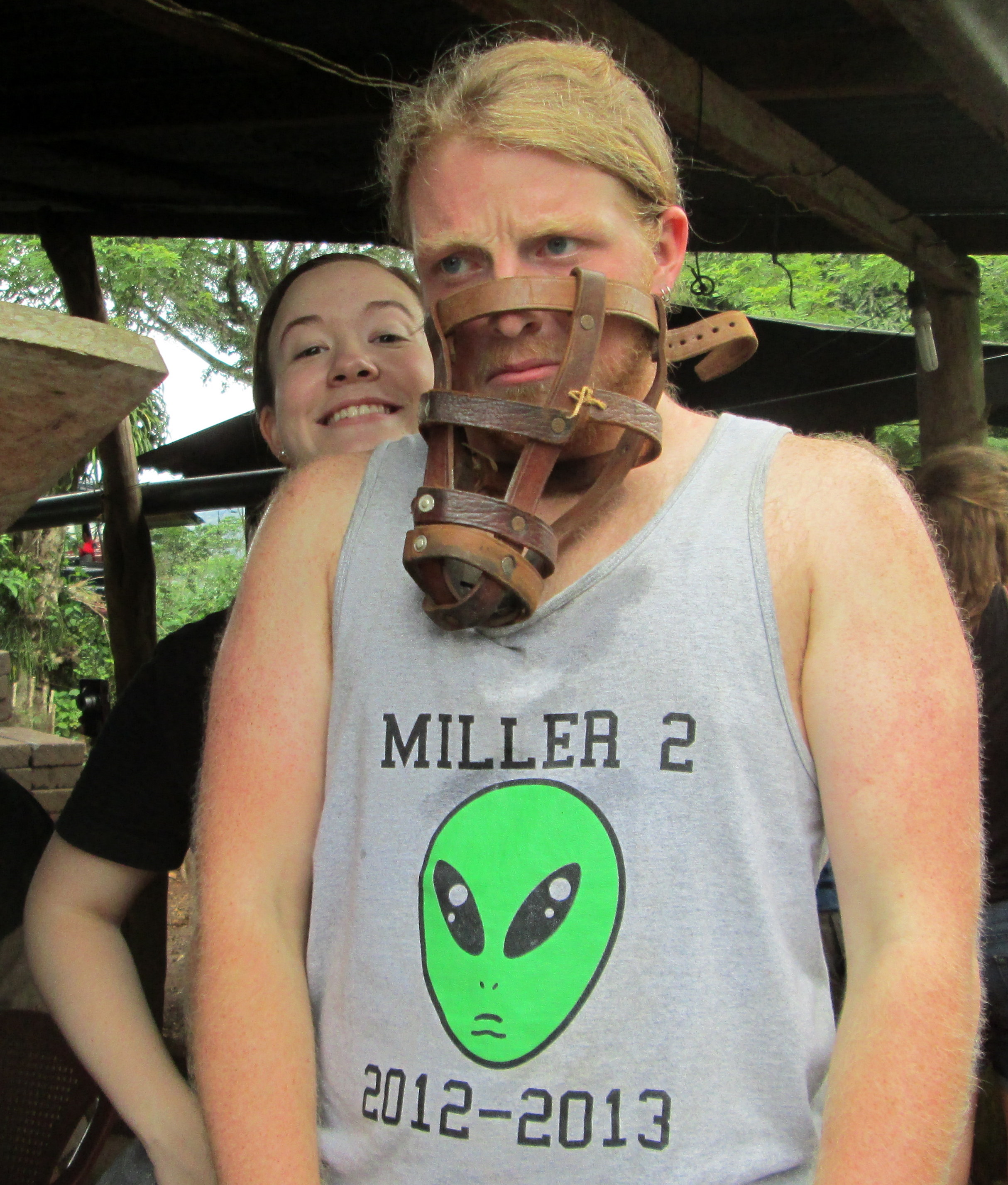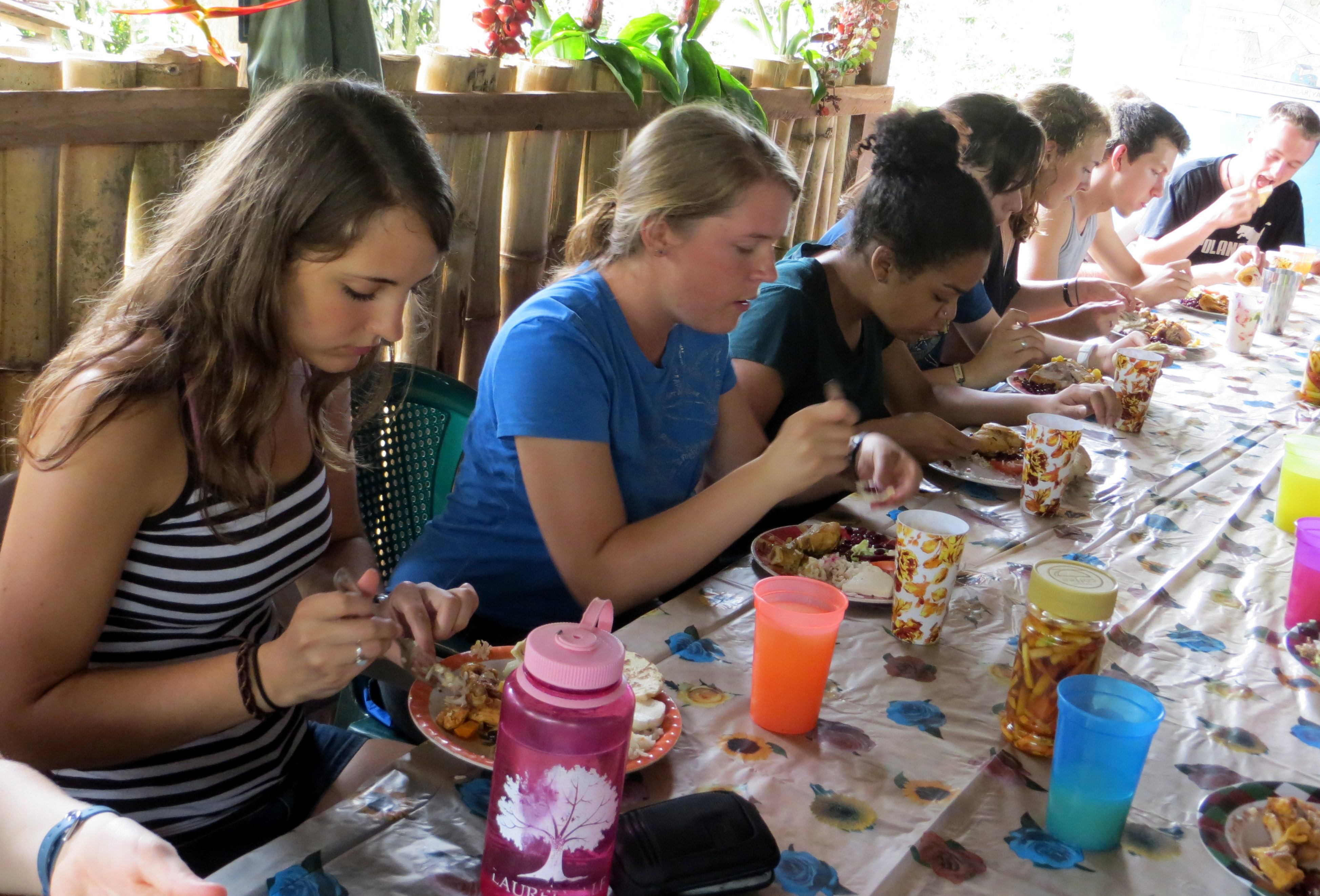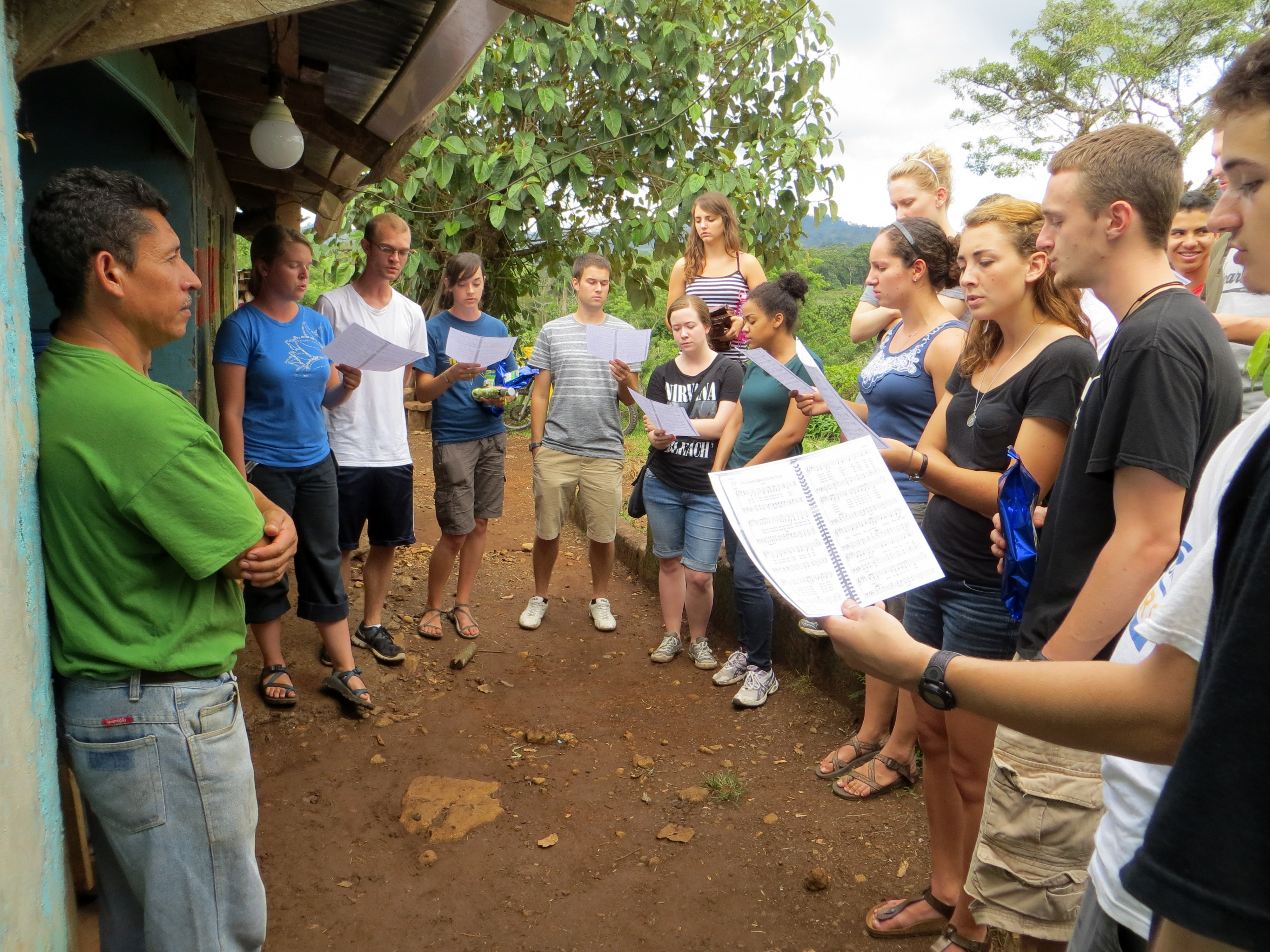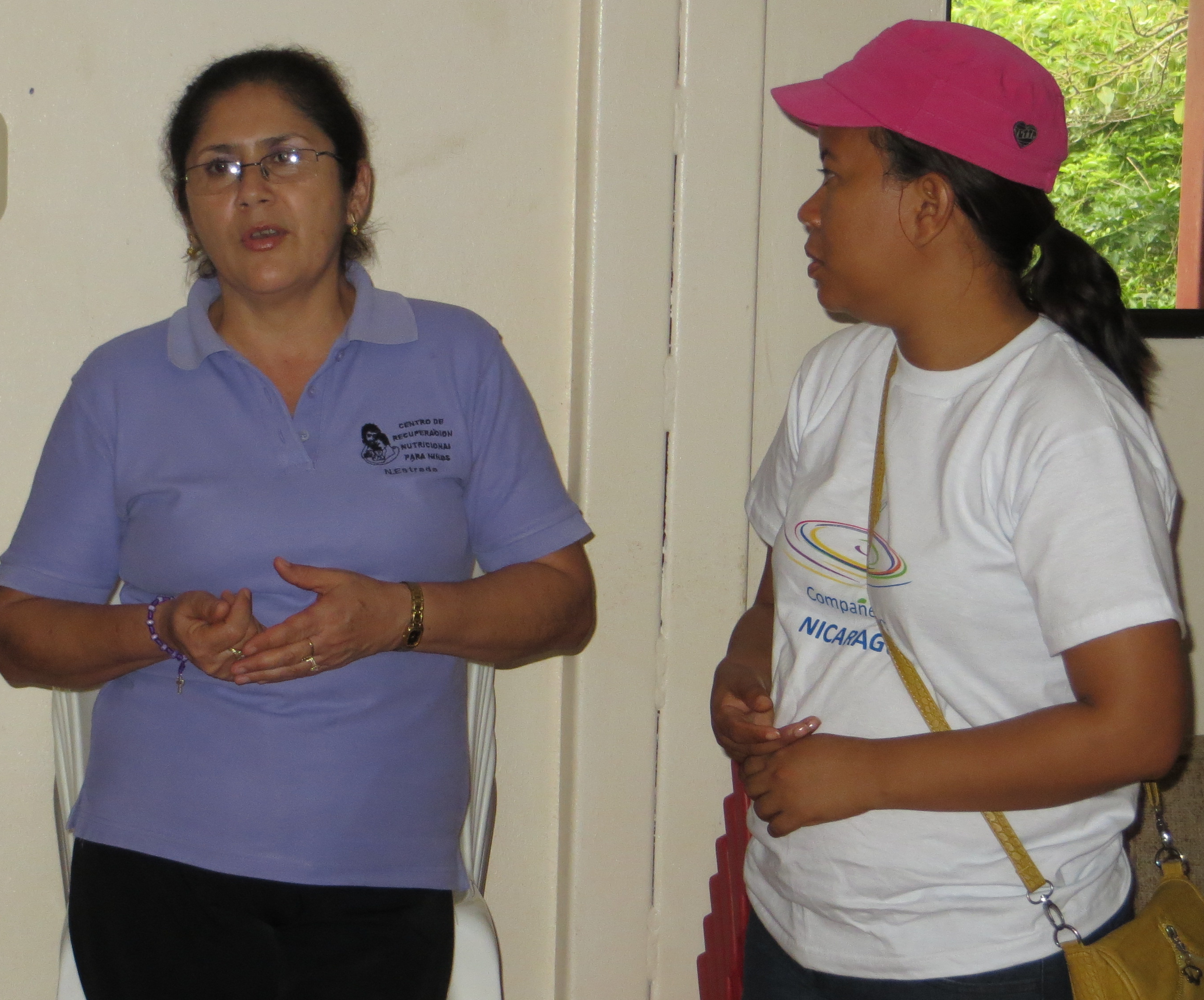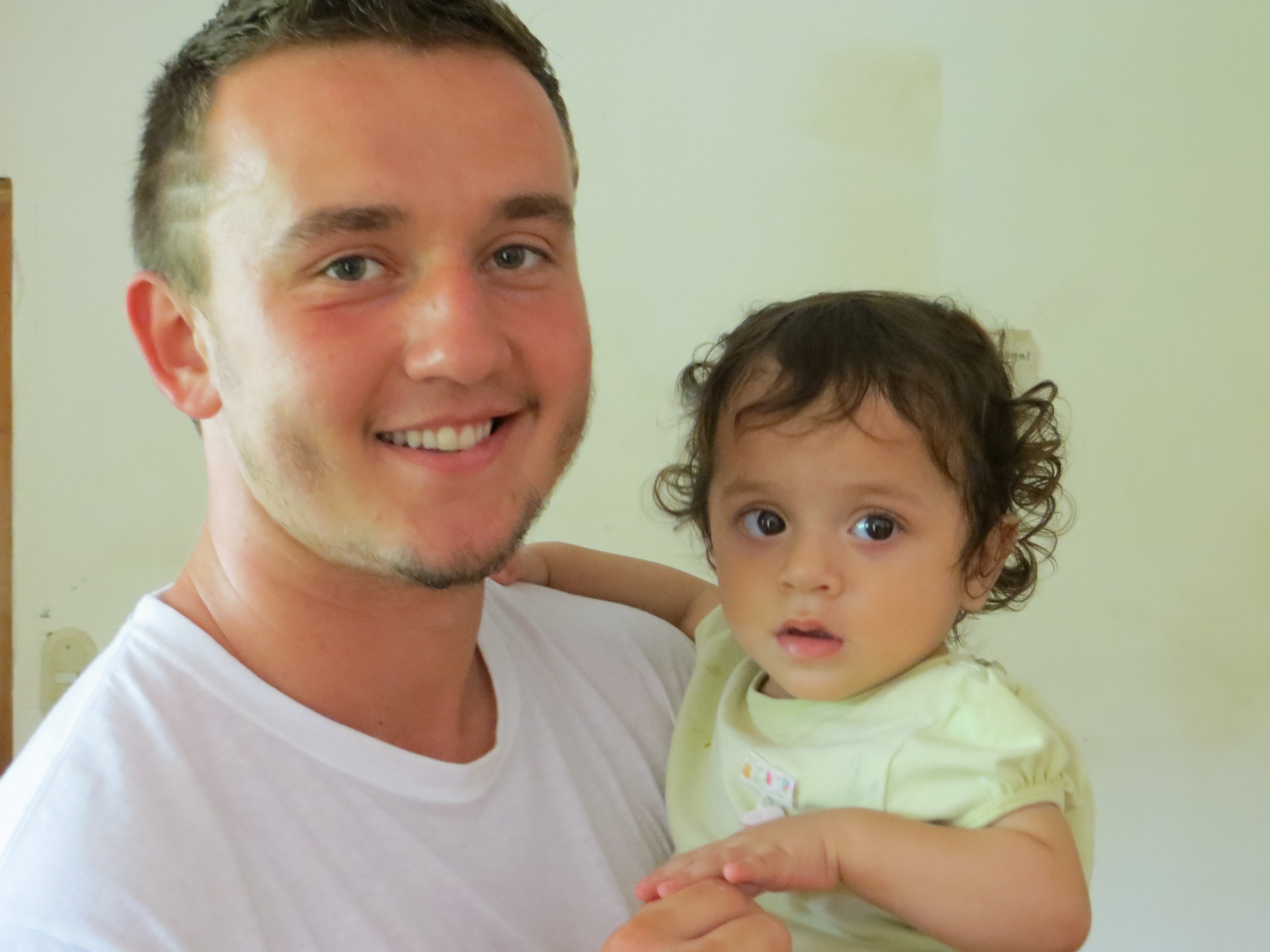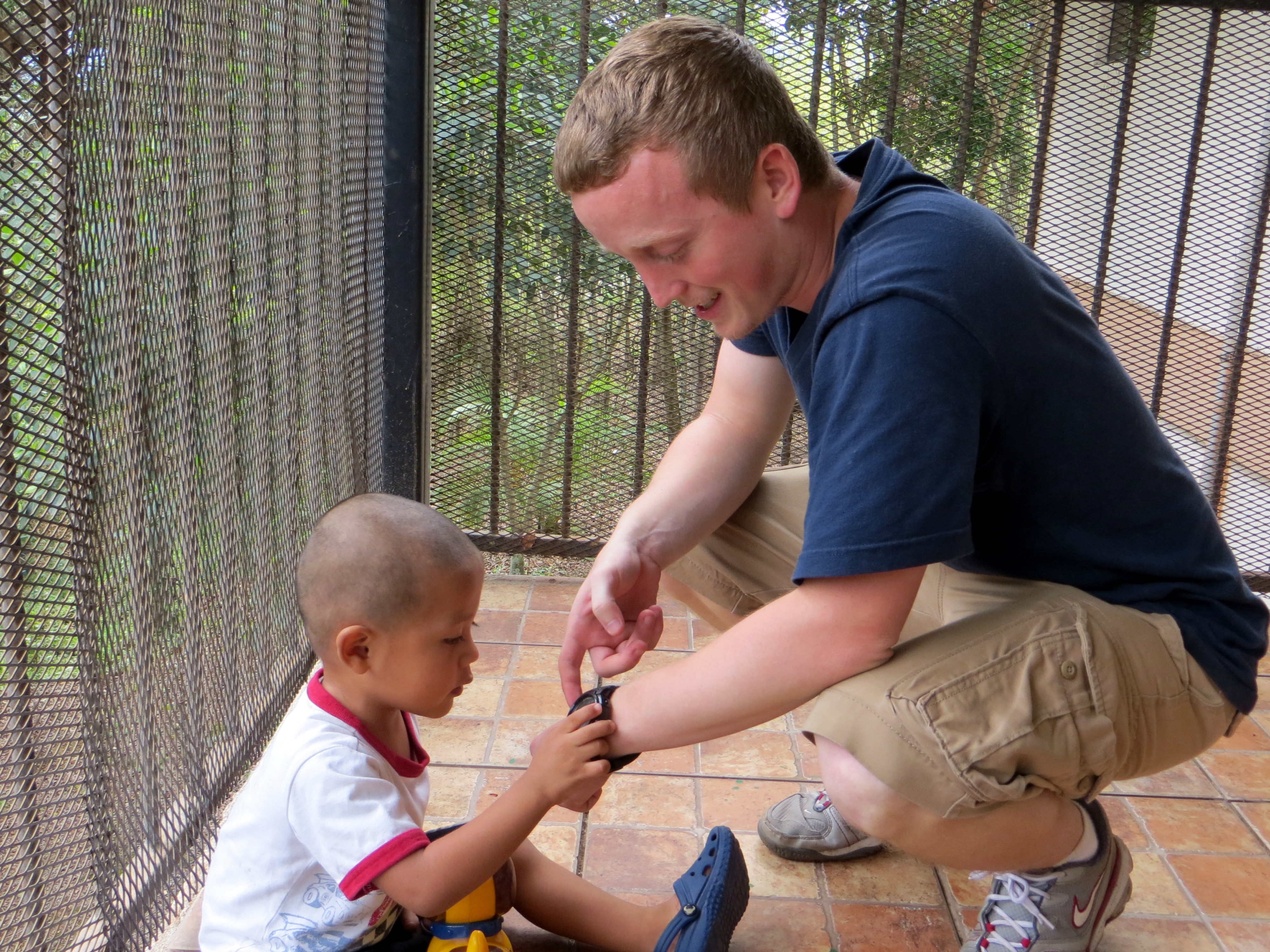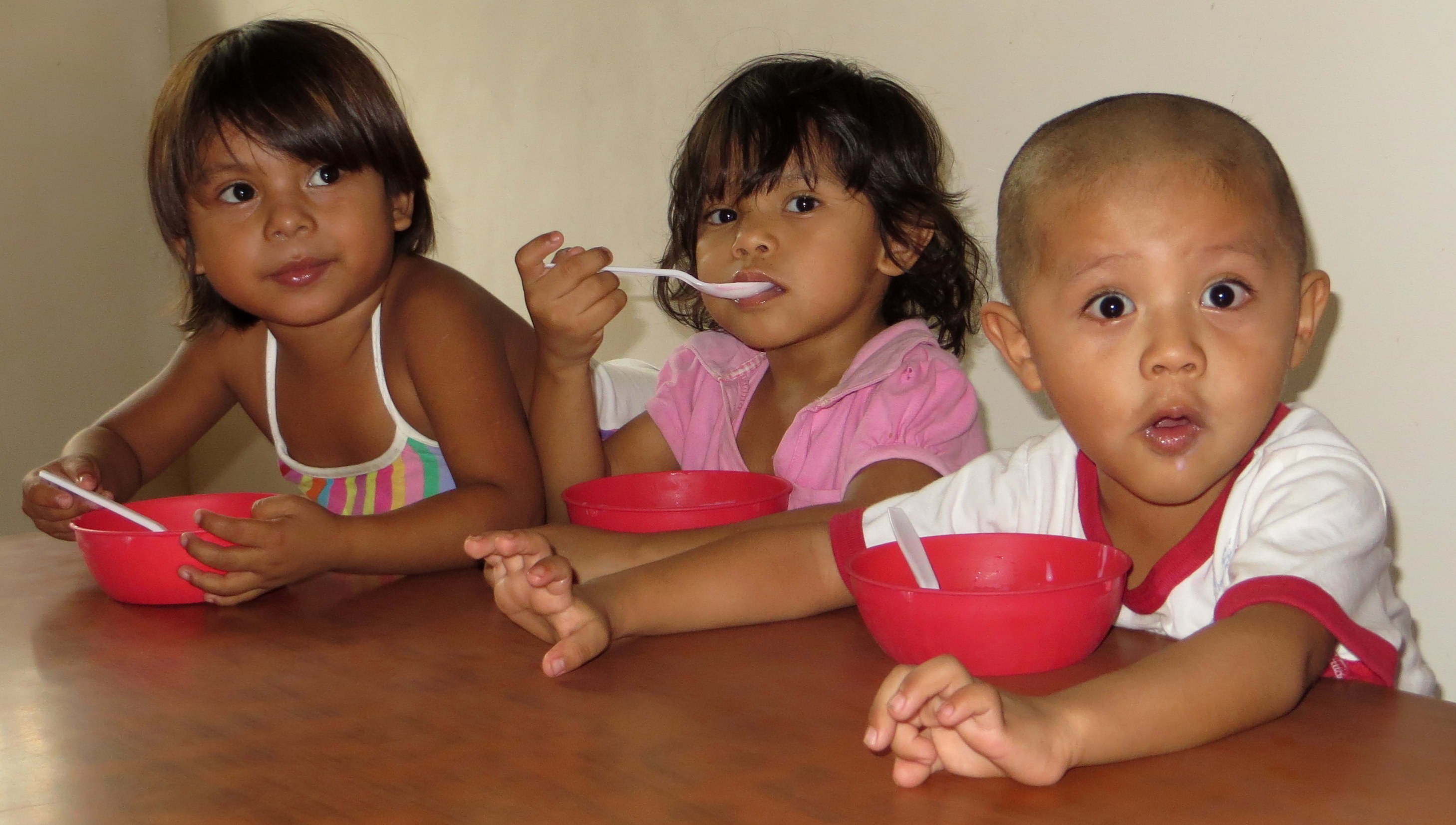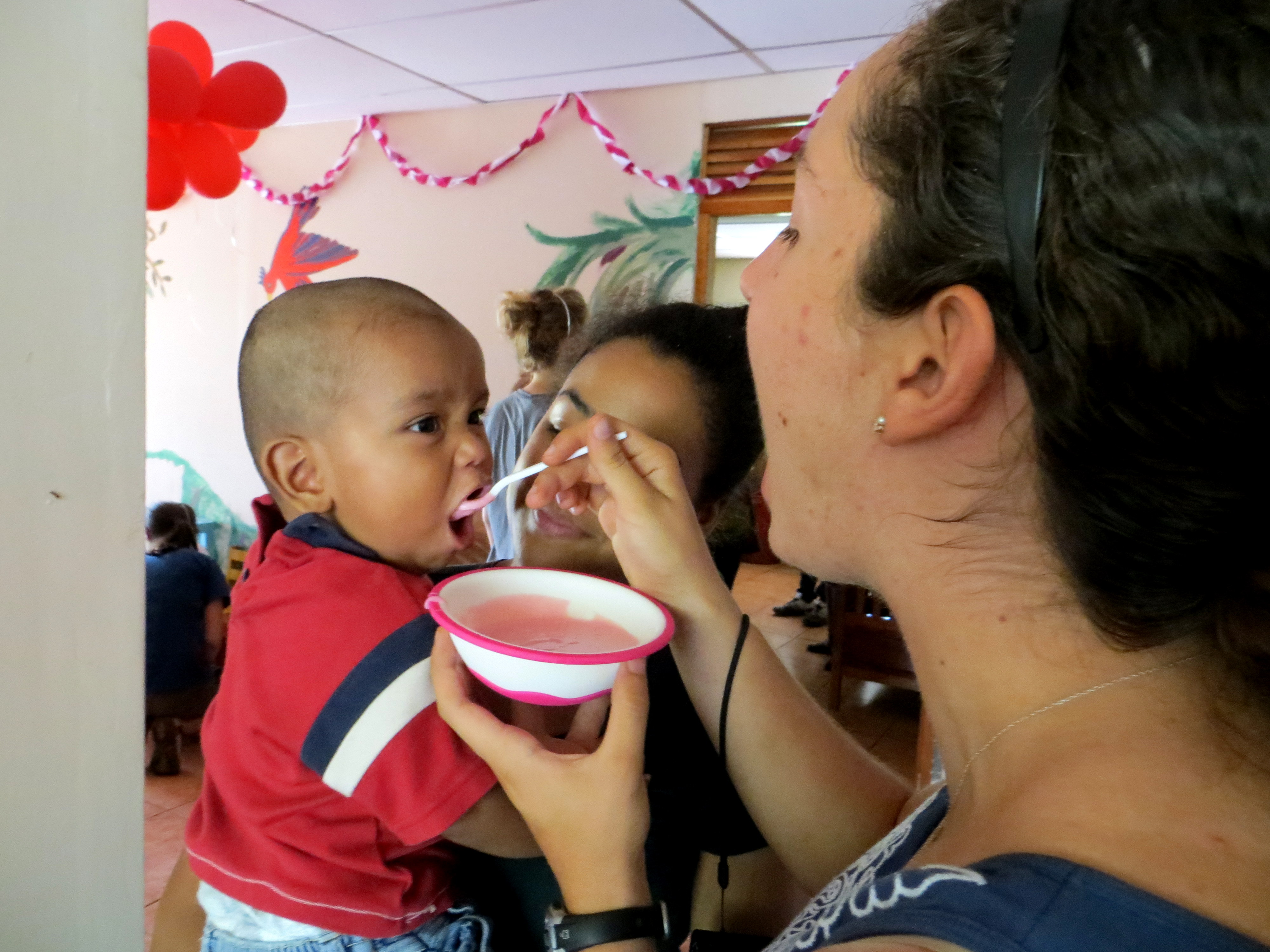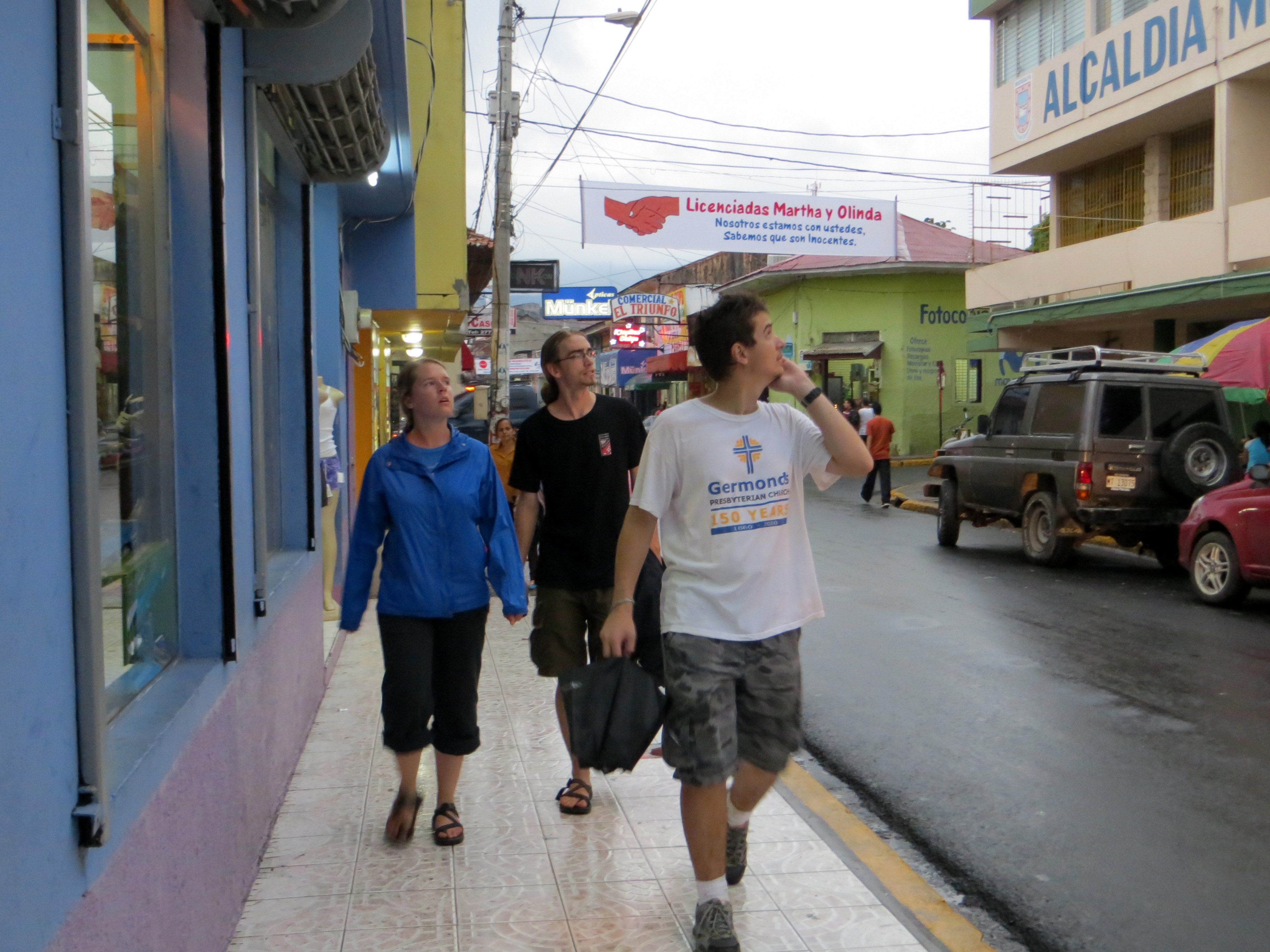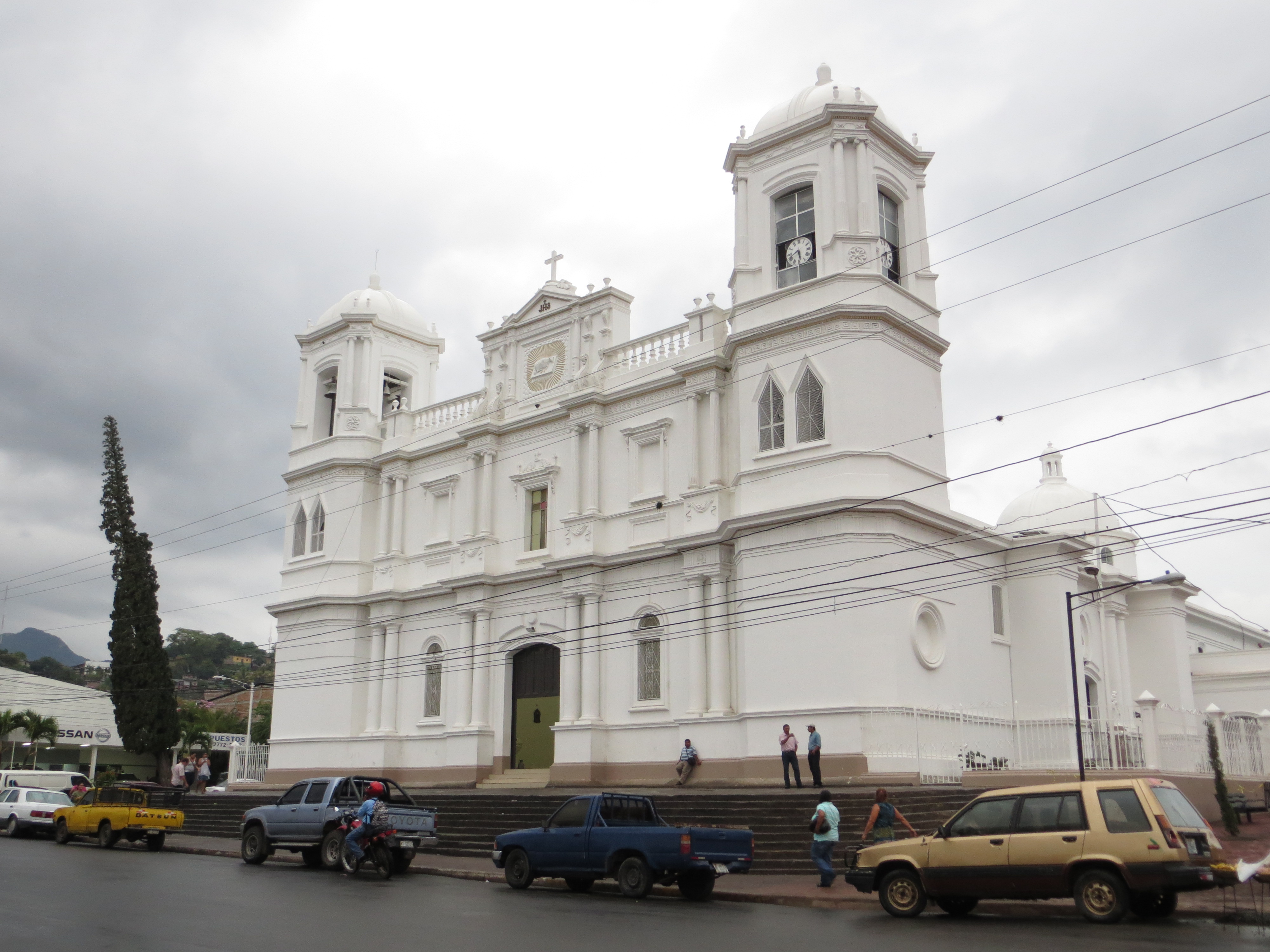Field Trip to Matagalpa and Esteli: Friday, May 31.
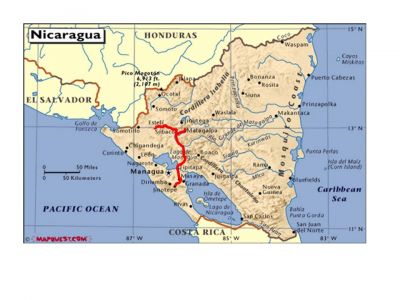
Last Friday we left on a 3-day field trip to mountainous north-central Nicaragua to learn about coffee, land, and other agricultural issues, as well as to hear firsthand from some local residents about their experiences in the two recent wars.
After a 4-hour drive into increasingly higher mountains we arrived at the small coffee farm of Vicente Padilla. Earlier the students had read a magazine article (www.envio.org.ni/articulo/3355) about Vicente’s seven-year struggle to keep his small plot of land from being taken over by a wealthy neighbor seeking to expand his large coffee estate. Such land struggles have been common in Nicaragua’s history, and they became more complex after agrarian reform policies in the 1980’s. Not unlike many campesinos in the area, Vicente was born into a poor family without land and didn’t finish primary school. When armed guards from the neighboring farm tried to force him off land he’d purchased, and a corrupt judicial system either turned a blind eye or colluded with the wealthy neighbor, Vicente (who had been a soldier and medic in the Sandinista army during the Contra War) depended on non-violent methods to fight back. Despite being beaten unconscious and thrown in prison, he remained nonviolent but determined. He eventually prevailed. When asked where, as a former soldier, he had learned nonviolent methods of resistance, he named some organizations and leaders in Managua, including one who had studied at Eastern Mennonite University’s program in Conflict Transformation.
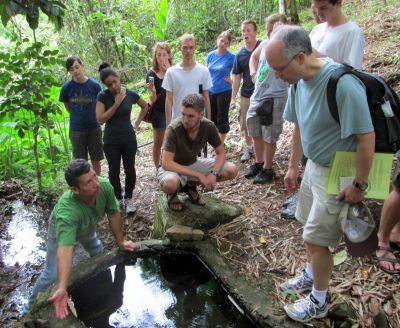
Vicente proudly showed us around his small farm and the infrastructure he has built to support successful organic farming of several crops, but especially coffee. He has kept enough of the farm as a natural habitat that he was easily able to point out in the trees a sloth and a monkey, as well as other wildlife. He also restored a small watershed that provides spring water during the dry season. For someone who didn’t receive a formal education beyond the second grade, he impressed this college group with the extent of his knowledge and the high value he has placed on education, apparent in his children who have gone on to attend universities and get professional degrees in law and medicine.
Our visit finished with a delicious lunch, opportunities to buy his organic coffee, and a rendition of “Let’s Go Down (to the River to Pray)” that we sang to Vicente as a gift. Seth, however, will be back, as this will be his service location.
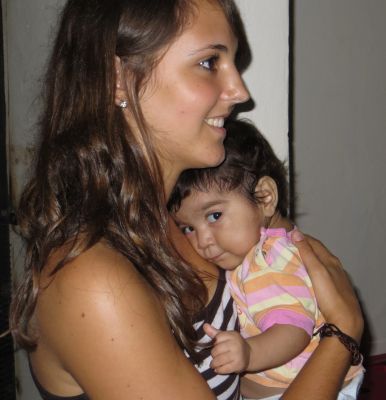
After a short drive we arrived at a nutrition clinic where malnourished children from the campo are brought and fed until they are well enough to return home. The recently-arrived malnourished children we saw were lethargic and frequently crying. Other kids, however, were running around engaging the students in high-energy teasing games; the center director explained that these are kids who, once re-nourished, are extremely playful. Elise will be back to this location for her service site.
Next we drove to our (modest) hotel into the nearby city of Matagalpa, population 110,000, where students had a chance to walk around the very steep, San-Francisco-like streets. The temperature here is cooler than what many students expected to find anywhere in Nicaragua. After supper at a local Italian restaurant (where the students gave their vocal chords an extra-robust workout), they went to a place where they could dance and try out their newly acquired “moves” learned a few weeks ago.
